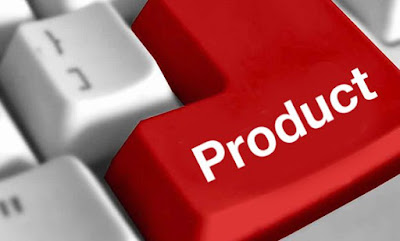Product: Concept and Classification of Product
According to Philip Cotler, "A product is anything that can be offered to a market for attention, acquisition, use or consumption; it includes physical objects, services, personalities, place, organisations and ideas."A product has many other dimensions besides its physical appearance. In fact, a product is like an onion with several layers and each of the layer contributes to the total product image.
A product represents a bundle of utilities (or satisfaction) for the customer. Thus, when a customer buys a product, he gets a bundle of expected physical and psychological satisfaction.
Therefore, the term product does not mean only the physical product but the total product including, brand, package, label, price, status of manufacturer and distributor and services offered to the customer, in addition to the physical product.
Classification of Product
Products are classified into two broad categories depending upon the use for which they are meant.
These categories are:
- Consumer Goods.
- Industrial Goods.
Consumer and Industrial Goods
Consumer goods are meant for use or consumption by the ultimate customers. Bread, butter, TV sets, cosmetics and garments are all consumers' goods. On the other hand, industrial goods are meant for use in the commercial production of other goods or in connection with carrying out some business activities. Machine tools, iron-ore, and electronic computers are all industrial goods.
It should be noted that all goods cannot be classified exclusively as consumers' goods or industrial goods.
For Example: Typing paper is used for both personal and business correspondence and therefore is both a consumer and an industrial good. The distinction between consumers' and industrial products is necessary in order to understand the behaviour of their purchasers. The purchasers of industrial goods have an altogether different approach as compared to the purchasers of consumers' goods.



Comments
Post a Comment